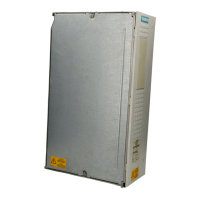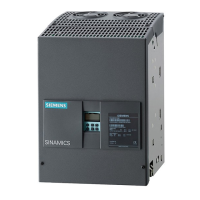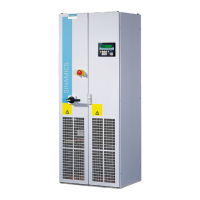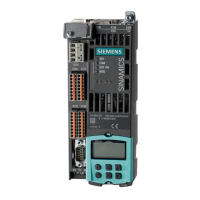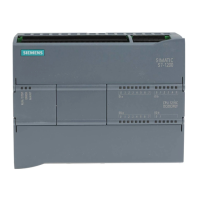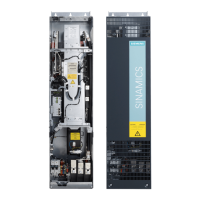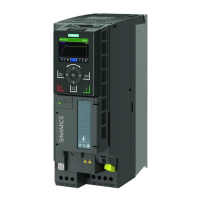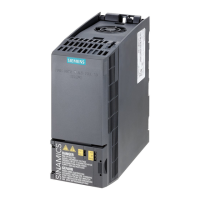9
05.01
9.6 Application examples with SIMODRIVE 611
9-249
Siemens AG 2001 All rights reserved
SIMODRIVE 611 Planning Guide (PJU) – 05.01 Edition
However, Standards have not been drawn up for all types of machinery. There
are several Draft Standards and ratified Standards, e.g. type C Standards, for
machine tools in metal processing/finishing, robots and automated production
systems. In many cases, these standards specify Category 3 in compliance with
EN 954–1 for the safety–related controls. The basic requirement of this cate-
gory is as follows: ”Tolerance to single–faults with partial fault detection”. Gener-
ally, the requirement can be fulfilled using a two–channel system structure (red-
undant system). Sub–areas of a machine control can also be classified in other
Categories B, 1, 2, or 4 in compliance with EN 954–1.
According to the Machinery Directive 89/392/EC, the manufacturer or the party
marketing a machine or a safety component is responsible in carrying out a
hazard analysis in order to determine all of the hazards associated with his/her
particular machine or safety component. He or she must design and build the
machine or safety component, taking into consideration this analysis.
A risk evaluation must indicate remaining risks, which must then be documen-
ted. Among others, the following Standards EN 292 “General Design Principles
for Safety of Machinery”; EN 1050 “Safety of machinery, design guidelines to
assess risk” and EN 954 “Safety–related parts of controls” should be conside-
red when applying techniques and methods to evaluate these risks.
The machinery manufacturer or the party marketing the machinery, domiciled in
the EC or its nominated party must declare CE conformance for the complete
machine.
Note
This list of Directives and legislation are just a selection to determine essential
goals and principles. This list does not claim to be complete.
Hazard analysis
and risk assess-
ment
CE conformance
9 Important Circuit Information
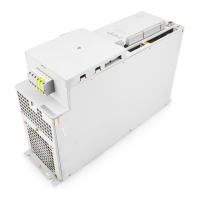
